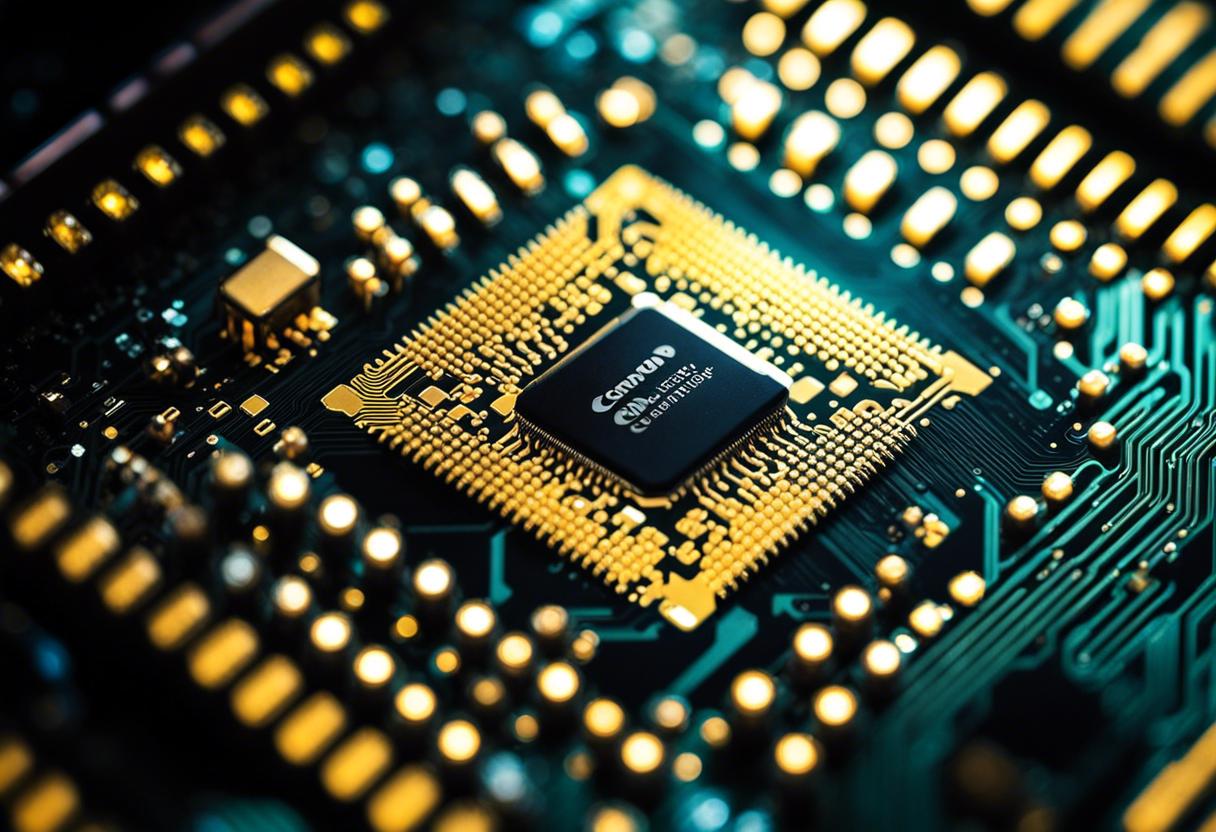In November of 1999, the selection panel responsible for the Dow Jones Industrial Average finally made room for two prominent Nasdaq participants, Microsoft and Intel. This happened despite traditional barriers such as company size being less significant to this panel, which consists of two Wall Street Journal representatives and three from S&P Dow Jones Indices.
Joining the exclusive Dow club, comprising of just 30 stocks, relies not only on factors such as the company’s prominent reputation, demonstrated sustainable growth, and attracting significant investor interest. However, there was a debate at the time whether the addition of these tech giants was delayed, pushing out traditional “smokestack” stocks like Goodyear Tire & Rubber Company and Chevron.
Through their ‘Wintel’ collaboration, which comprised of Microsoft’s Windows software and Intel’s x86 computer processors, both companies successfully ruled the personal computer scene amidst significant growth in the 1990s. Intel saw nearly a 3500% spike over these ten years, while Microsoft proceeded at double that rate, leaving the Dow’s moderate 275% rise in the dust.
Sadly, the committee’s decision came just before tech stocks nosedived due to the dotcom bubble burst. Fast-forward 25 years, the committee found itself in the same predicament.
While Microsoft has since grown to be the globe’s most valuable company, surpassing Apple with a market cap of over $3 trillion (£2.77 trillion), Intel’s stocks have reduced to half their value over the past three years. Intel has become synonymous with dated technology, and it may only be a matter of time until it gives way for Nvidia, Wall Street’s new favourite, leading the global AI computing industry.
Despite the Dow losing its prestige, and the title of “most widely tracked index” now in possession of the S&P 500, being included within the Dow Jones still carries significant importance.
Despite being a key manufacturer of central processing units (CPUs) in the United States, Intel’s primary focus remains the dwindling PC and laptop sector. Its attempt to penetrate the smartphone industry with its own chips ended unsuccessfully eight years ago. Nevertheless, Intel has become a notable manufacturer of phone chips for other semiconductor companies, highlighted by a deal with semiconductor intellectual property provider Arm last autumn.
Yet in the realm of AI, a sector where data usage is essential, Intel grapples to stay abreast with the broader industry. It continues to face the embarrassment of its competitor Advanced Micro Devices (AMD) – once considered a distant rival in the PC chip market but now emerging as the main competitor to Nvidia in the design and sale of graphics processing units (GPUs) optimised for machine learning and AI applications.
Intel’s plight didn’t just arrive unexpected. The company initiated a project to create general-purpose GPUs in 2008, which was discontinued more than ten years ago, resulting in Intel lagging in the contemporary AI competition.
Five years ago, Intel boosted their prospects in AI by acquiring Habana Labs of Israel and their AI accelerator chip programme, Gaudi. Last month, Intel unveiled the third iteration of this chip, Gaudi3, and anticipates $500 million in revenue from Gaudi this year.
Meanwhile, Nvidia’s AI revenue is expected to skyrocket to $87 billion this year, up from $34 billion in 2023, according to tech market research firm Omdia. The surge in spending on AI chips for computer systems and networks is eroding corporate budget allocations for Intel’s own data centre chips.
The surge in AI over the previous 18 months has concealed a wider slump in semiconductors in 2023, which came after an extraordinary demand for laptops and tech gadgets during the peak of the COVID-19 pandemic. Despite this, Nvidia now enjoys a valuation of $2.72 trillion due, in part, to an astounding increase of $220 billion added to its market cap in just a single day following outstanding quarterly earnings. This single-day gain eclipsed Intel’s total value of $130 billion.
This year has seen a revival in the broader industry. Intel, which is one of the biggest overseas employers in the Republic, boasting around 6,500 staff at its chip wafer fabrication locations in Leixlip, County Kildare, noted a 9% increase in revenue in Q1 due to the resurgence of the PC market.
Heading up the company is Pat Gelsinger, an electrical engineer who came back to manage Intel three years ago after a 30-year stint that ended in 2009. In a bid to improve Intel’s performance in recent times, he has been striving to establish a stronger presence in the contract manufacturing market for chips from other firms.
The company decided to divide its operations into two major parts this year – a chip development sector and a production segment. However, this move disclosed that the production division suffered a loss of $7 billion last year, an increase from around $5 billion in the two preceding years. Investors were disheartened by Intel’s prediction that the production division would only reach a break-even point by 2027.
Recently, a Deutsche Bank analyst asserted that Gelsinger’s aim to enhance manufacturing, cut costs, and attract production clientele is on point. Still, they commented, “Although the corporation’s necessary yet high-priced transformation endeavours will provide financial gain, it will only be evident several years from now.” There is strong speculation that this may not prevent Intel from being ejected from the Dow in the interim.

